Area 2 – New tools
Design and development of new environmentally friendly diseases management
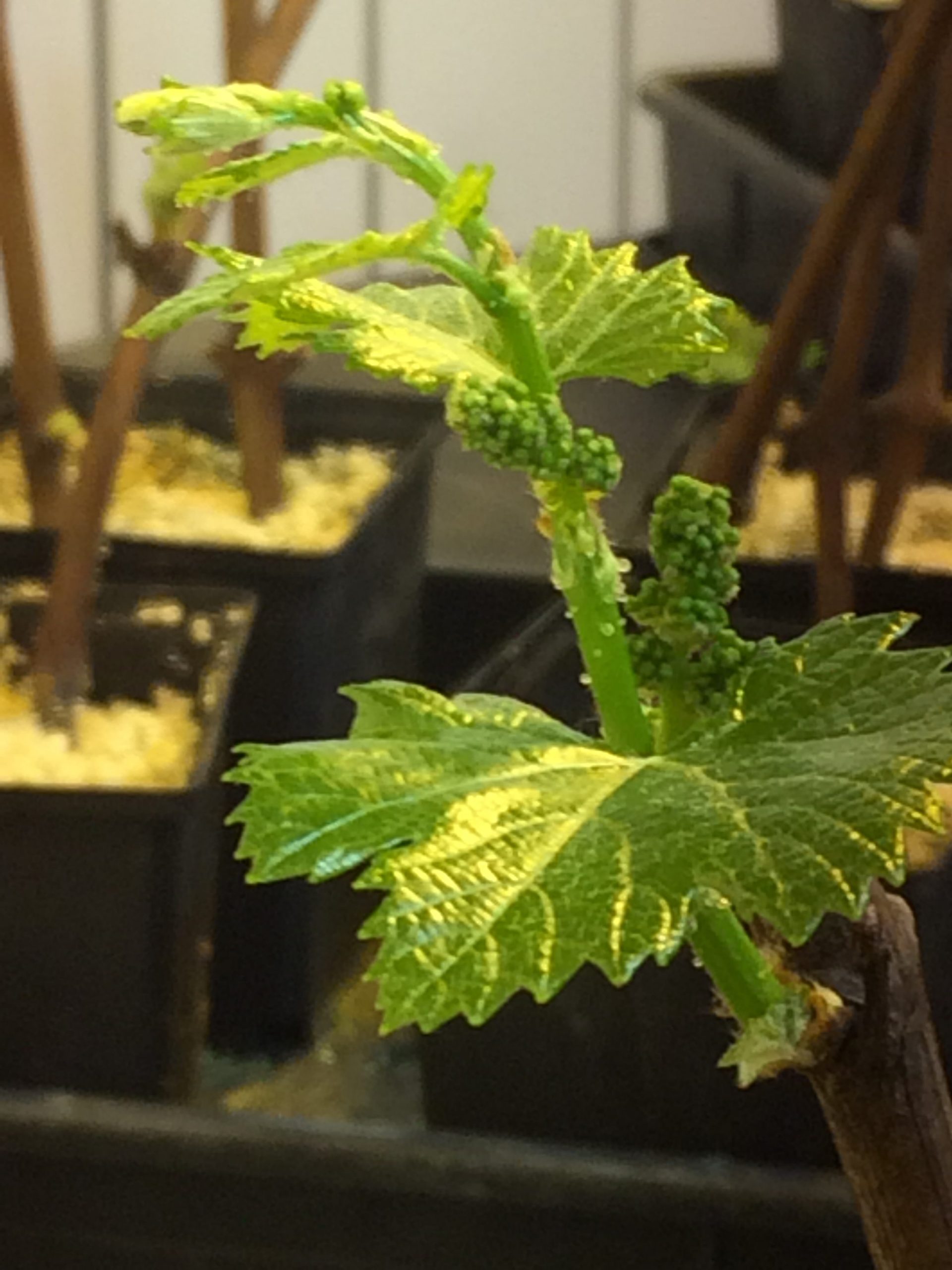
It is now essential to implement new environmentally friendly and effective treatment alternatives. Moreover, the several European regulations reduce the panel of active molecules on the market.
We will continue our promising work on the use of saponins for sustainable viticulture. Saponins are molecules naturally produced by plants to protect themselves against bio-aggressors and there is an abundant literature on the subject, but little is known about grapevine saponins.
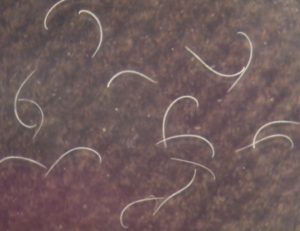
The team published a first series of studies regarding the effects of saponin exposure on microorganism’s representative of the grapevine microbiome (Fischer et al., 2011 ; Pensec et al., 2013) and performed identification and characterization of saponins in grapevine (Pensec et al., 2014; Pensec et al., 2016). Saponins were found to be active against the tested pathogens, Botrytis cinerea and the nematode Xiphinema index. The nematicidal aspect of saponins is particularly interesting because there is currently no treatment for contaminated plots and the only effective solution is uprooting and fallowing, that can last more than ten years.
Conventional phytosanitary treatment approaches are potentially problematic due to the European Framework Directive 2009/128/EC requiring a reduction in phytosanitary treatments. An APR project based on the use of saponin-producing plants with a nematicidal effect was accepted in 2016 (BioCou project in response to the 2014 Pesticides-Ecophyto APR funded by ONEMA). It will focus on the potential of saponins in the biological control of the grapevine dwarfing disease, the impact of integrating cultural techniques involving intercultural fallows and the use of a resistant rootstock, the understanding of the mode of action of ground cover plants with a nematicidal effect.
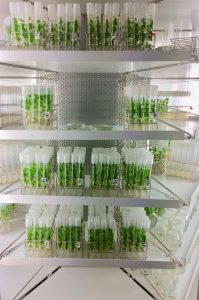
In this context, our objective is to evaluate if mycorrhizal symbiosis can stimulate the vine’s defenses in order to confer protection against bio-aggressors, i.e. to induce MIR (Mycorrhiza-Induced Resistance). We are also trying to identify plant reactions that are specifically linked to MIR, in order to better understand the molecular mechanisms involved. Based on our previous results, we will develop a model to study the effects of mycorrhization on young vines from green cuttings or in vitro culture. Their culture can be realized in semi-hydroponic conditions (inert substrate). This model allows to control the growth conditions (nutrition, biotic and abiotic factors), and facilitates the monitoring of mycorrhization, as well as the physiological, morphological and molecular modifications at the plant level.
We have already shown that arbuscular mycorrhizal fungi (AMF) can effectively colonize rootstock plants grown in vitro and that they have a significant effect on some growth parameters and on aerial and root architecture. The molecular study to identify genes involved in the symbiotic interaction (defense, phosphate transport, sugar transport…) is in progress. The next step will be to treat the mycorrhized vine with different pathogens to analyze its response both from the point of view of resistance and from the point of view of its biochemical reactions.
Durability of resistance is particularly important in perennial plants such as grapevine. The construction of varieties combining resistance genes controlling different mechanisms of action (e.g., dominant and recessive genes) would contribute to reducing the risks of resistance overcoming.
Although the transport and distribution of sugars play a very important role for this fruit crop, the regulation of sugar allocation during the interaction between the vine and its various pathogens has been little studied.
In rice and Arabidopsis, more and more studies show that during plant-pathogen coevolution, microorganisms have developed subtle mechanisms to hijack the transport of sugars normally regulated during plant development. SWEET proteins (Sugar Will Eventually Exported Transporter) represent a class of transporters involved in the export of sugars and which are the target of extracellular pathogens, modifying their expression in order to acquire the sugars necessary for their growth. In rice inoculated with Xanthomonas oryzae pv. oryzae, a vascular pathogenic bacterium, some SWEET gene alleles carrying mutations in their promoter preventing their induction after infection, work as recessive resistance genes.
The main goal of this research project will be to characterize more precisely the role of these candidate transporters in the interaction between grapevine and its major pathogens, in order to explore their potential use as recessive resistance genes.
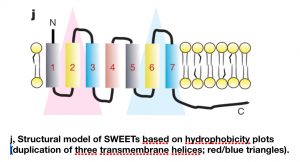
The functional characterization of these candidate transporters will be carried out by a multidisciplinary approach involving the detailed study of their expression, their overexpression or their knock-out in model plants and grapevine, followed by resistance tests to various pathogens, sugar transport studies in planta and finally the study of their subcellular localization.
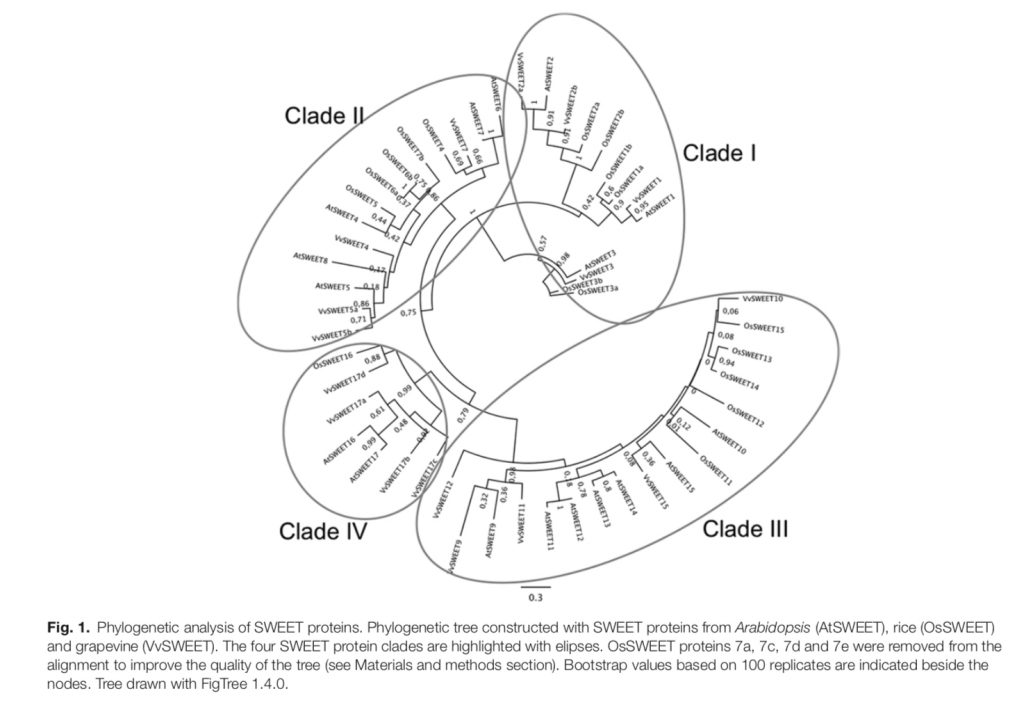
This project will provide new and original information on the transport and distribution of sugars in the interactions between plants and different types of pathogens. The possible identification of SWEET genes as recessive resistance genes against grapevine pathogens would represent an important contribution for the creation of resistant grapevine varieties with a high potential for sustainability, and would therefore be an important step towards environmentally friendly viticulture.
This project is carried out in close collaboration between the LVBE of the UHA and the Genetics and Grapevine Improvement team of INRA in Colmar.
